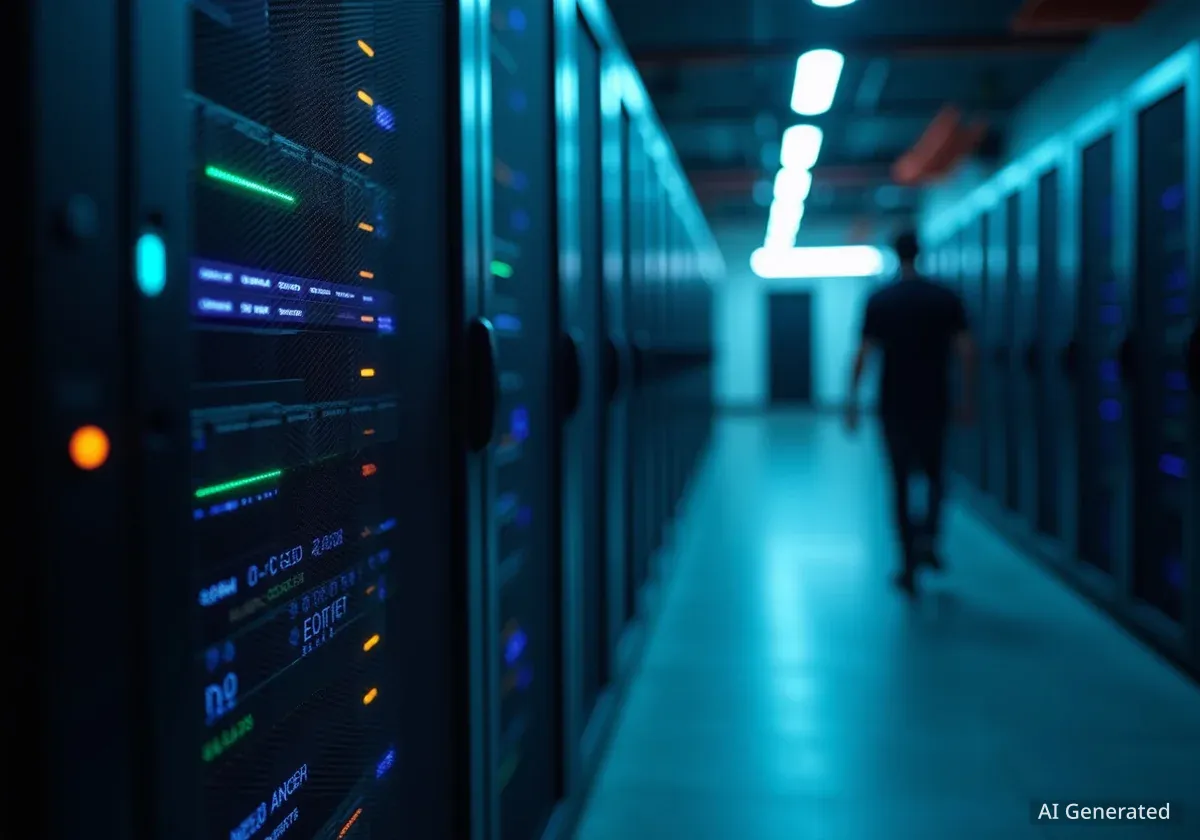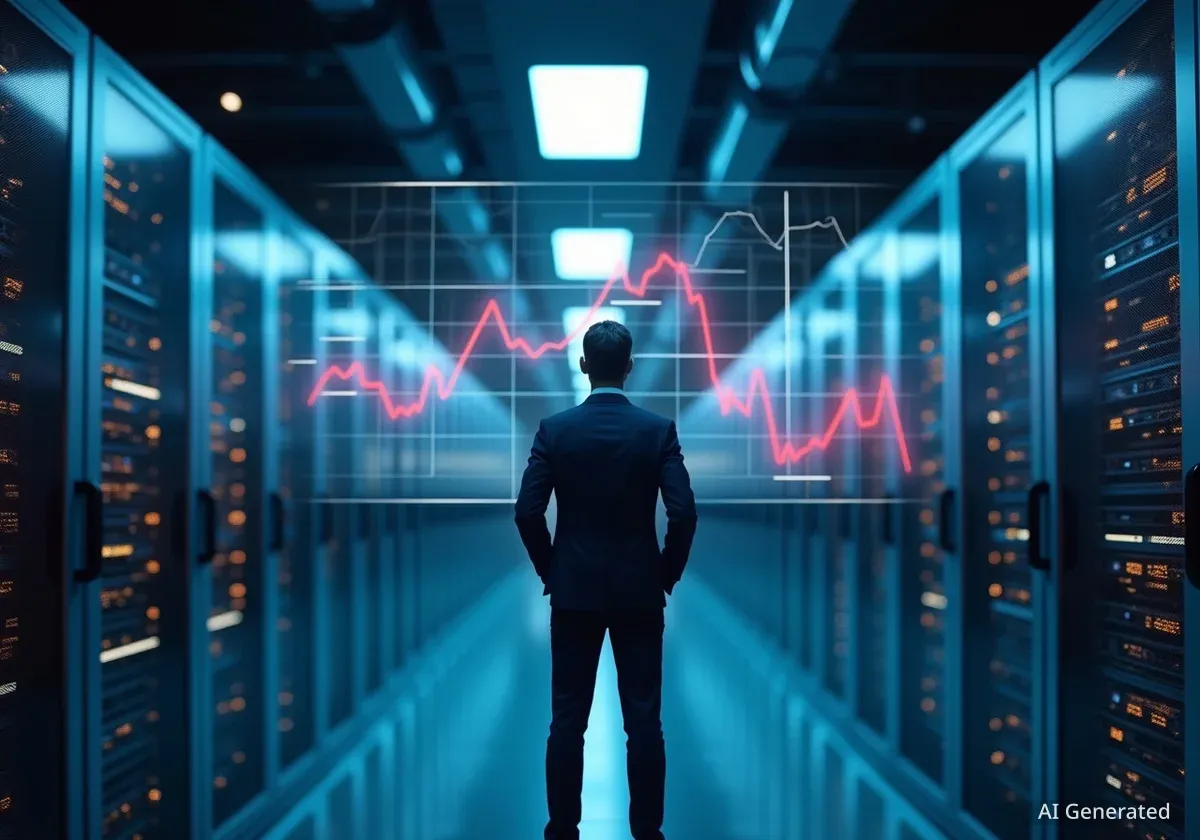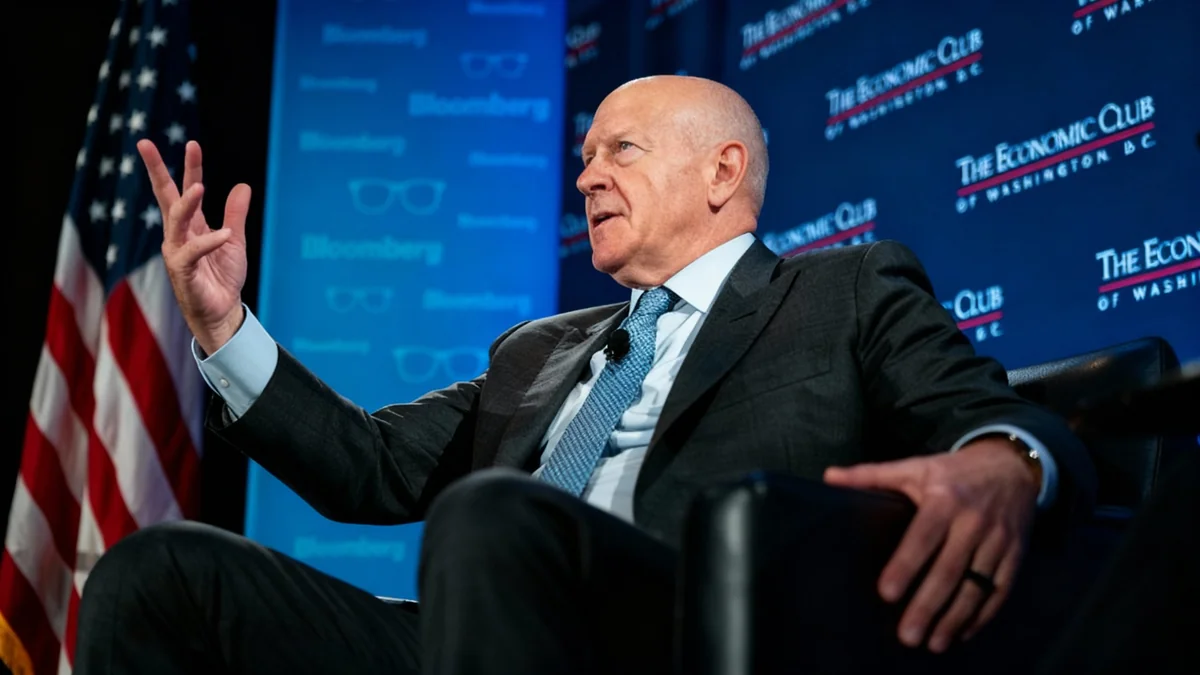A significant surge in artificial intelligence investment is fueling hopes for a new era of economic prosperity, drawing comparisons to the technology-driven boom of the late 1990s. However, key economic and demographic differences between the two periods suggest that AI's impact on inflation, employment, and overall growth may follow a much different path.
While the 1990s saw rapid productivity gains alongside low inflation and abundant jobs, today's economy faces a contracting labor force, persistent inflationary pressures, and questions about whether AI's benefits will translate into broad-based employment growth.
Key Takeaways
- Optimists believe AI could spark a productivity surge similar to the 1990s IT revolution, enabling strong economic growth without high inflation.
- Today's economic environment is marked by retiring baby boomers, restrictive immigration policies, and global trade friction, contrasting with the 1990s' expanding labor supply and increasing globalization.
- A major concern is that AI investment is boosting corporate profits and stock markets but may not be creating widespread job opportunities, leading to a disconnect between market performance and public economic sentiment.
- Experts note a potential time lag between the costs of AI adoption and its widespread economic benefits, a pattern common with transformative technologies.
Echoes of a Past Economic Boom
The late 1990s are often remembered as a period of exceptional economic performance in the United States. The widespread adoption of information technology (IT) and the internet finally began to deliver substantial productivity gains across various industries. This technological leap forward created a favorable economic climate characterized by strong growth, low unemployment, and controlled inflation.
Today, the rapid advancements in artificial intelligence are generating a similar wave of optimism. Companies are investing billions in AI infrastructure and applications, hoping to unlock new efficiencies and drive growth. This investment is a primary factor behind the current strength in the stock market, as investors bet on an AI-powered future that promises significant returns.
The 1990s Precedent
The period from roughly 1995 to 2000 saw U.S. productivity growth accelerate significantly after years of stagnation. This was largely attributed to businesses harnessing the power of personal computers, software, and the internet to streamline operations. The belief among some economists and policymakers is that AI represents a similar, if not greater, general-purpose technology with the potential to reshape the economy.
A Fundamentally Different Economic Landscape
Despite the parallels in technological excitement, the underlying economic conditions of today are starkly different from those of the late 1990s. Several key factors could prevent AI from producing the same combination of high growth and low inflation.
Shifting Labor Force Dynamics
One of the most significant differences lies in the labor supply. During the 1990s, the workforce was expanding. Baby boomers were in their prime working years, and the participation of women in the labor force was still rising. This provided a steady supply of workers to fill the new jobs being created.
In contrast, the current labor market is tightening. Baby boomers are now retiring in large numbers, and the share of women in the workforce has plateaued. Furthermore, more restrictive immigration policies are limiting another traditional source of labor supply, creating a much different demographic backdrop for technological change.
Global Inflationary Pressures
The economic environment of the late 1990s also benefited from powerful global trends that helped keep prices down. According to Matthew Luzzetti, chief U.S. economist at Deutsche Bank, the era was defined by unique circumstances.
"Inflation in the late 1990s benefited from global disinflationary forces as globalization was increasing, and a global demographics dividend with labor supply growth strong," Luzzetti noted.
Today, the situation is reversed. The trend toward globalization has slowed, and in some cases reversed, with the implementation of tariffs and a focus on domestic supply chains. These factors are more likely to push prices higher, meaning AI's productivity gains would have to be even larger to offset underlying inflationary pressures.
The Investment and Jobs Disconnect
A central challenge of the current AI-driven economy is the apparent disconnect between corporate investment and job creation. While companies are aggressively investing in AI technology and infrastructure, this has not translated into a surge in hiring or significant wage increases for the majority of workers. This reality helps explain a curious economic paradox: a booming stock market alongside widespread public dissatisfaction with the economy.
Market vs. Reality
The S&P 500 has reached record highs, largely driven by a handful of technology companies heavily invested in AI. However, consumer sentiment surveys often reflect concerns about job security and the cost of living, indicating that the benefits of the AI boom are not yet being felt by the average household.
The nature of AI technology itself may contribute to this trend. While previous technological waves, like the internet, created entirely new job categories that absorbed displaced workers, it is still unclear if AI will do the same. Many current applications are focused on automating existing tasks, which could displace workers faster than new roles are created.
The Lag Between Cost and Benefit
Experts caution that transformative technologies often come with a significant adjustment period. The initial phase is typically characterized by high investment costs and disruption, while the broad economic benefits take time to materialize. Federal Reserve governor Christopher Waller highlighted this dynamic in a recent speech.
"The challenge is that, with innovation, there is often a time inconsistency between the costs and the benefits," Waller said. He also noted that AI adoption "seems to be following the pattern of ever-faster adoption and change."
This suggests that while the current job market may appear weak in the face of AI investment, the long-term productivity gains could eventually lead to new opportunities. However, the transition period could be challenging for workers and will likely be a central political and economic issue for years to come.
Ultimately, while AI holds immense promise to boost productivity, it is not a magical solution for today's economic challenges. The unique demographic and global headwinds mean that even if AI lives up to its potential, the economic outcome will likely look very different from the celebrated boom of the 1990s.





